Table of Contents
- What Is Chamoy? Your Complete Definition
- Chamoy Ingredients Breakdown: What's Really Inside
- Chamoy vs Tajin: Understanding Key Differences
- 5 Creative Ways to Use Chamoy Beyond Fruit
- Chamoy Nutrition Facts: Store-Bought vs Homemade
- Easy Homemade Chamoy Recipe (30 Minutes)
- Chamoy FAQs: Expert Answers to Top Questions
- Why Chamoy Deserves a Spot in Your Pantry
What Is Chamoy? Your Complete Definition
Chamoy is a sweet, tangy, and spicy Mexican condiment made from pickled fruits, chili peppers, and lime. Originating from Chinese preserved fruits (suan mei) brought to Mexico via the Manila galleons, it evolved through indigenous fruit preservation techniques into Mexico's signature flavor sensation. Unlike regular hot sauces, chamoy uniquely combines preserved fruit, chili heat, and vinegar tang in balanced proportions, creating a complex flavor profile that evolves on your palate.
Modern chamoy comes in liquid, paste, or powder form, each serving different culinary purposes. Whether you're dipping fresh fruit, marinating proteins, or enhancing cocktails, chamoy delivers a distinctive sweet-tangy-spicy experience unlike any other global condiment.
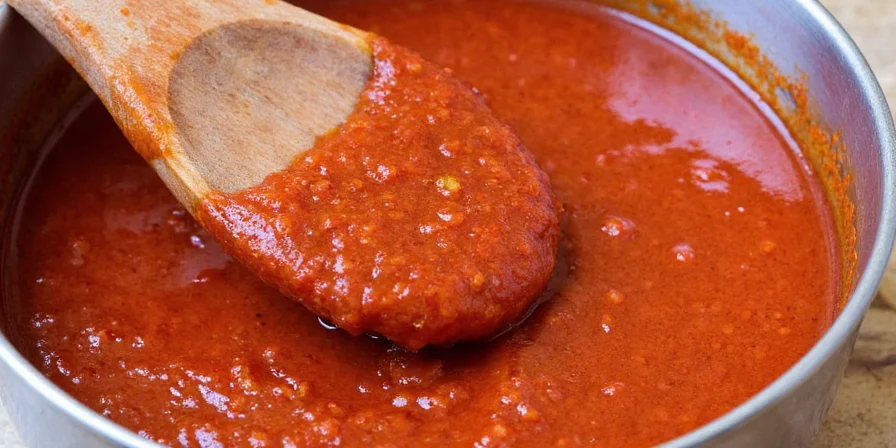
Chamoy Ingredients Breakdown: What's Really Inside
Understanding chamoy's components explains why it stands apart from simple hot sauces. Each ingredient serves a specific sensory purpose in this carefully balanced fusion:
- Dried Fruits: Apricot, plum, or mango form the foundational sweetness and texture. Tamarind adds earthy complexity in regional variations.
- Chili Peppers: Arbol provides sharp heat, while ancho contributes smoky depth—never just raw spiciness.
- Acid Component: Vinegar or citric acid creates the signature tang that cuts through sweetness.
- Sweeteners: Sugar balances acidity, but traditional versions use fruit's natural sugars for nuanced sweetness.
- Preservatives: Commercial versions include stabilizers, though authentic recipes rely on natural preservation.
| Ingredient | Function | Regional Variations |
|---|---|---|
| Dried Apricots/Plums | Base sweetness & texture | Mango (Pacific coast), Tamarind (central Mexico) |
| Chili Peppers | Heat complexity | Arbol (sharp), Ancho (smoky), Pasilla (fruity) |
| Acid Component | Flavor balance | Lime juice (fresh), Vinegar (preserved) |
| Sweeteners | Flavor integration | Honey (artisanal), Agave syrup (traditional) |
Chamoy vs Tajin: Understanding Key Differences
Many confuse chamoy with tajin, but they're distinct condiments serving different purposes:
- Chamoy: Liquid or paste consistency with fruit base, sweet-tangy-spicy profile, used as dipping sauce or marinade component
- Tajin: Dry chili-lime powder without fruit elements, primarily salty-spicy with pronounced lime, used as seasoning sprinkle
Chamoy's evolution reflects local palates globally:
- Mexican Powder Chamoy: Street food staple—dry version perfect for coating fresh fruit or candies with no liquid for shelf stability
- Asian-Inspired Liquid Chamoy: Popular in Filipino and Chinese communities with thinner consistency and pronounced sour notes
- Artisanal Small-Batch: Modern craft versions focusing on ingredient purity, often omitting preservatives
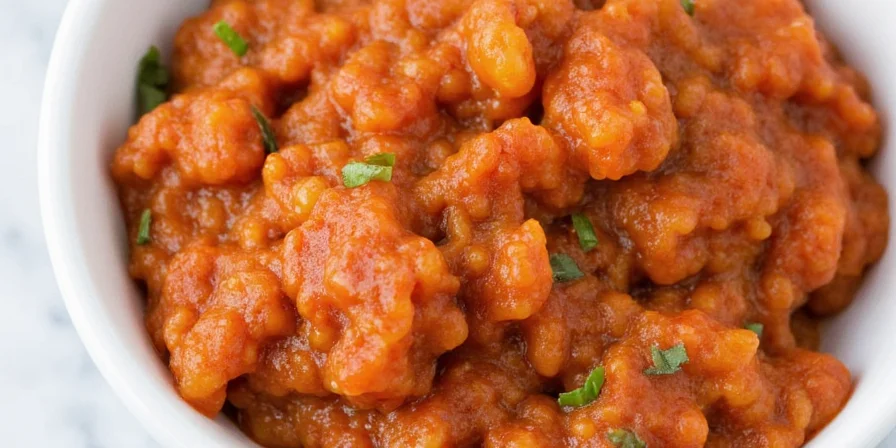
5 Creative Ways to Use Chamoy Beyond Fruit
Move beyond basic fruit dipping—chamoy's versatility makes it a chef's secret weapon:
- Protein Marinade Base: Combine with orange juice for poultry (1/4 cup chamoy + 1/2 cup juice), where acidity tenderizes while sweet notes caramelize beautifully during cooking
- Cocktail Enhancer: Adds umami depth to margaritas (1/2 tsp per drink) or bloody marys for sophisticated complexity
- Dessert Swirl: Mix into cheesecake batter or drizzle over dark chocolate for sweet-spicy contrast that elevates desserts
- Grain Booster: Toss with quinoa or rice (1 tbsp per cup cooked) alongside toasted seeds for instant flavor complexity
- Vegetable Roasting Companion: Mix with olive oil (2:1 ratio) for roasted root vegetables, balancing earthiness with bright acidity
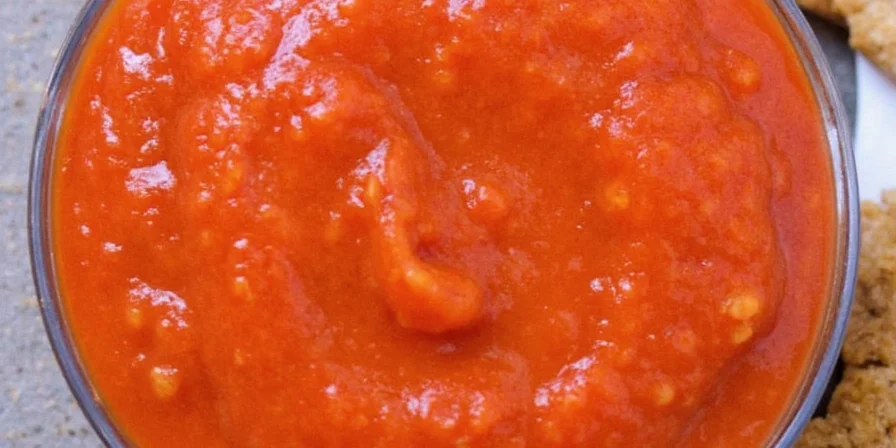
Chamoy Nutrition Facts: Store-Bought vs Homemade
Commercial and homemade versions differ significantly. Focus on ingredient transparency rather than broad health claims:
- Key Differences:
- Natural fruit bases in homemade versions provide dietary fiber absent in artificial store versions
- Chili components contain capsaicin (the compound creating heat) which may boost metabolism
- Sugar content varies dramatically between brands and recipes (6-10g vs 3-6g per 2 tbsp)
- Smart Shopping Tips:
- Check labels for artificial colors (common in bright red commercial versions)
- Those with acid sensitivity may experience discomfort from high vinegar content
- Homemade versions eliminate preservatives but require refrigeration after opening
| Nutrition Component | Commercial (per 2 tbsp) | Homemade (per 2 tbsp) |
|---|---|---|
| Calories | 30-40 kcal | 20-30 kcal |
| Sugar | 6-10g | 3-6g |
| Sodium | 120-180mg | 80-120mg |
| Additives | Common (colors, preservatives) | None |
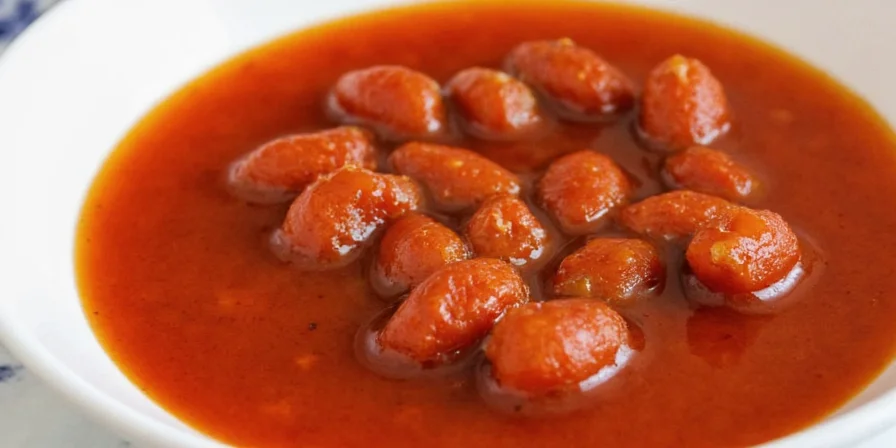
Easy Homemade Chamoy Recipe (30 Minutes)
Create authentic chamoy without artificial additives. This recipe connects you to cultural roots while maximizing flavor complexity:
Authentic Homemade Chamoy Sauce
- 1 cup dried apricots (unsulfured for best flavor)
- 2 dried ancho chilies (seeds removed for milder heat)
- 3 tbsp fresh lime juice
- 1 tbsp apple cider vinegar
- 1 tbsp honey
- 1/2 tsp sea salt
- Simmer apricots and chilies in 1/2 cup water for 15 minutes until soft
- Drain (reserve liquid) and blend with lime juice, vinegar, honey, and salt
- Adjust consistency with reserved liquid to desired thickness
- Cool completely before storing in glass jar (refrigerate up to 3 weeks)
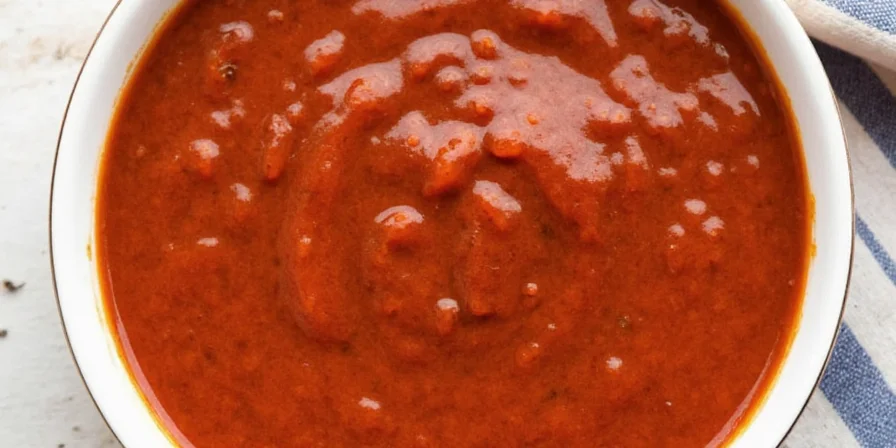
Chamoy FAQs: Expert Answers to Top Questions
What makes chamoy different from regular hot sauce?
Chamoy uniquely combines preserved fruit, chili heat, and vinegar tang in balanced proportions. Unlike vinegar-forward hot sauces, chamoy's fruit base creates complex sweetness that evolves on the palate, making it versatile for both sweet and savory applications.
Can I use fresh fruit instead of dried in homemade chamoy?
Dried fruit is essential for authentic texture and concentrated flavor. Fresh fruit lacks the necessary sugar concentration and would create a watery, less complex sauce due to higher moisture content. Dried fruits provide the necessary preservation qualities and intensified flavor profile.
How does chamoy differ from tajin?
Chamoy is a liquid or paste condiment with fruit base, offering sweet-tangy-spicy complexity, while tajin is a dry chili-lime powder without fruit elements. Chamoy works as a dipping sauce or marinade component, whereas tajin serves as a seasoning sprinkle for finished dishes.
Is chamoy naturally gluten-free?
Traditional recipes using only fruit, chilies, vinegar, and sweeteners are naturally gluten-free. Always verify commercial labels as some brands add thickeners containing gluten. Homemade versions guarantee gluten-free status when using pure ingredients.
How can I adjust chamoy's heat level?
Control heat by chili selection and preparation: remove seeds for milder versions, choose ancho for smokiness over arbol's sharp heat, or add a pinch of cayenne for extra kick. Always balance increased heat with additional sweetener to maintain chamoy's signature flavor profile.
Why Chamoy Deserves a Spot in Your Pantry
More than just a condiment, chamoy represents culinary adaptation at its finest—a Chinese preservation technique transformed through Mexican ingredients into a globally beloved flavor experience. By understanding its components and cultural journey, you gain not just a recipe but a deeper appreciation for how food traditions evolve.
Whether you're crafting your own batch or exploring commercial varieties, remember that chamoy's magic lies in its balance: the interplay of sweet, sour, and spicy creates something greater than its parts. This versatile sauce continues to inspire new culinary fusions while staying rooted in centuries of cross-cultural exchange.
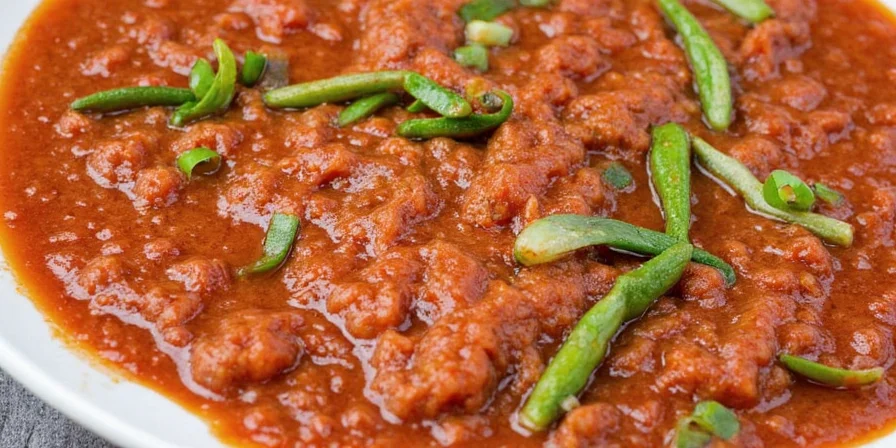

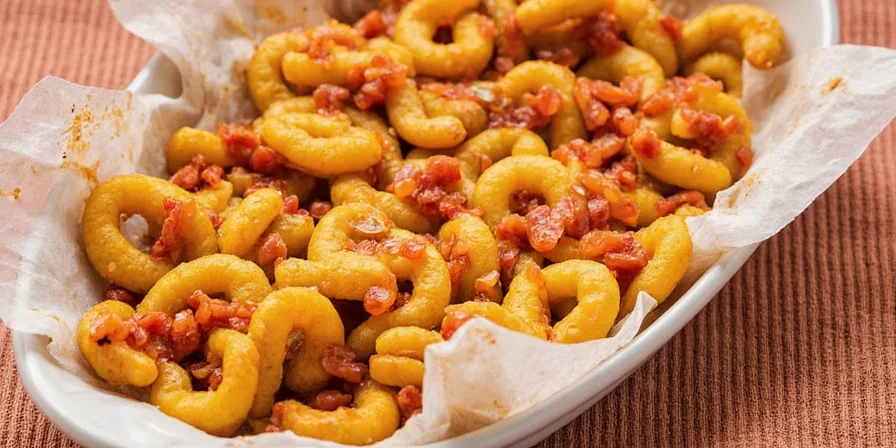









 浙公网安备
33010002000092号
浙公网安备
33010002000092号 浙B2-20120091-4
浙B2-20120091-4